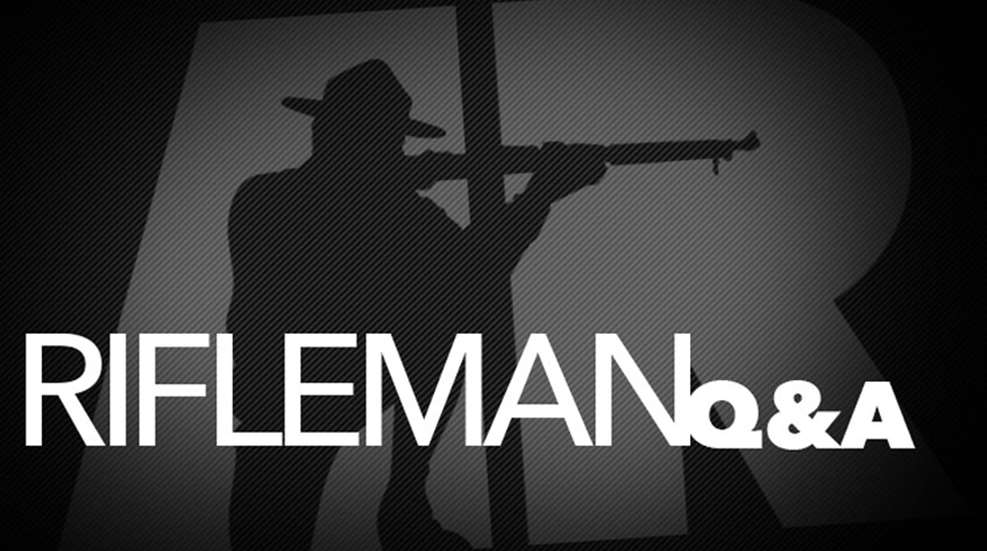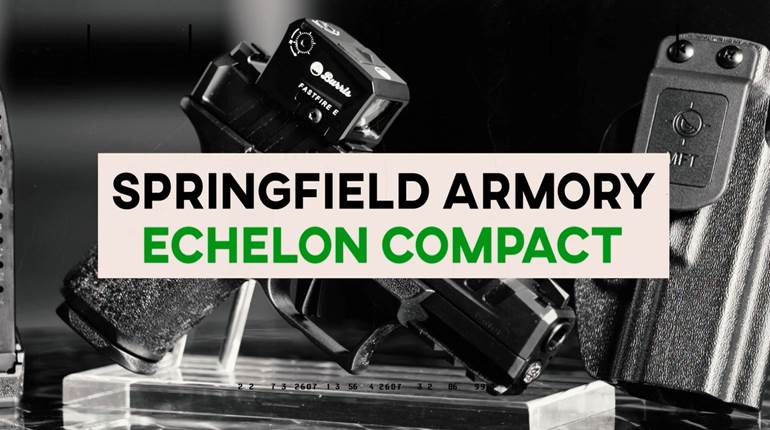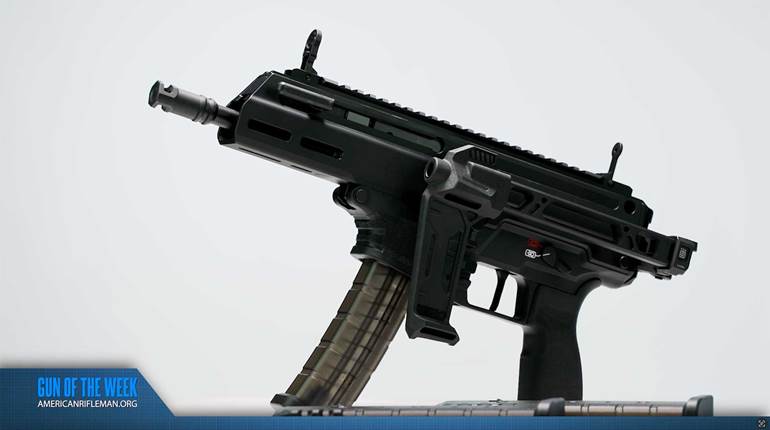
Q. I have a sporterized rifle found in my late grandfather’s basement made from what I have determined is a Norwegian Krag-Jorgensen. It has a date of 1924 stamped on it. The extractor is missing, along with some parts of the magazine. The action appears to be the same as the U.S.-made Krag rifles of the 19th century. Can I substitute U.S. Krag parts to get it shooting again? The bore is also rough from storage—can a barrel for the M96 Swedish Mauser fit, as it’s the same 6.5x55 mm chambering?
A. It is pretty obvious from observation that the U.S. and Norwegian Krag-Jorgensen rifles share a common heritage. The Krag-Jorgensen “system” eventually chosen to become the U.S. service rifle was one of some 53 different models submitted to the Board of Ordnance in 1892. This first model was designated the Model 1892. All U.S. Krags were produced by Springfield Armory.
Within a few years, changes were applied to the design of the U.S. rifle and carbine models, resulting in the Model 1896. The significance of these 30-some changes required modifications to the Model 1892s then in service. The Model 1898 involved another dozen or so changes, achieving interchangeability of parts. The last examples were produced in 1901. All were chambered for the rimmed .30 Army cartridge, also referred to as the .30-40 Krag.
The Norwegians’ tests took place in 1893, and the Krag was officially adopted by their military as the M1894. Production began in 1895 at Kongsberg Vapenfabrikk. Also, 33,500 were produced by Steyr in Austria from 1896-97.
The Norwegian versions were produced until sometime around 1926 in two distinct varieties—the original 1894 and the later 1912. In each case there were army, navy, cavalry, civilian, training, engineer and other versions. The mechanisms of the two models are different dimensionally and differ somewhat in design. All were chambered for the rimless 6.5x55 mm cartridge.
This brief bit of background is offered to back up the fact that there is practically no interchangeability in parts between the U.S.- and Norwegian-made Krag-style firearms, regardless of their vintage. In addition, the barrels of Norwegian Krag models feature left-hand square threads, so the fitting of a new barrel will definitely require some hands-on attention.
If Internet access is available, a good source for Norwegian Krag components, along with other obscure European military arms parts, is an eBay store, (ebay.com/str/tagmil), that utilizes its personal connections with entities in a number of European countries to locate and secure small parts that are often unavailable through sources in the United States.
—John W. Treakle, Contributing Editor





































